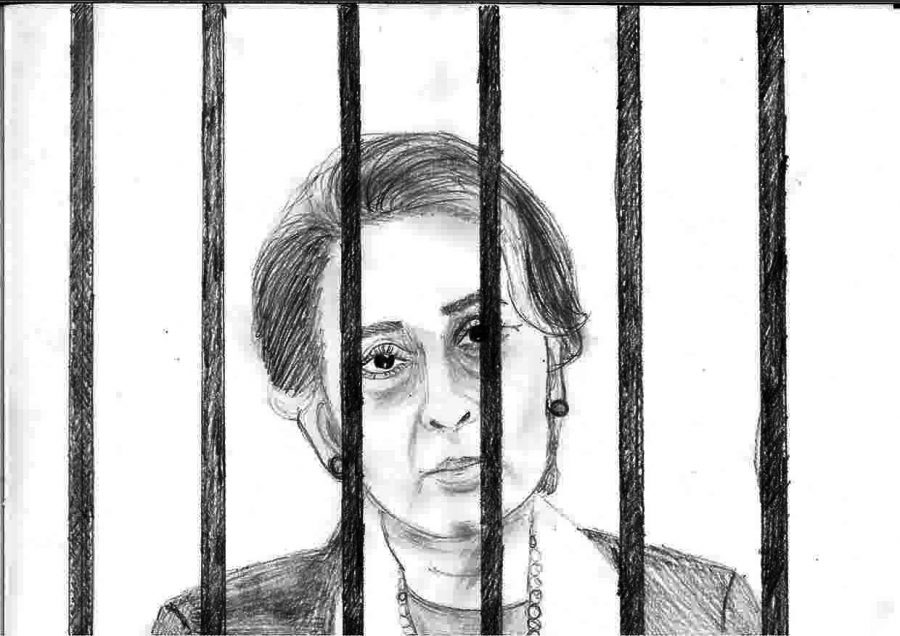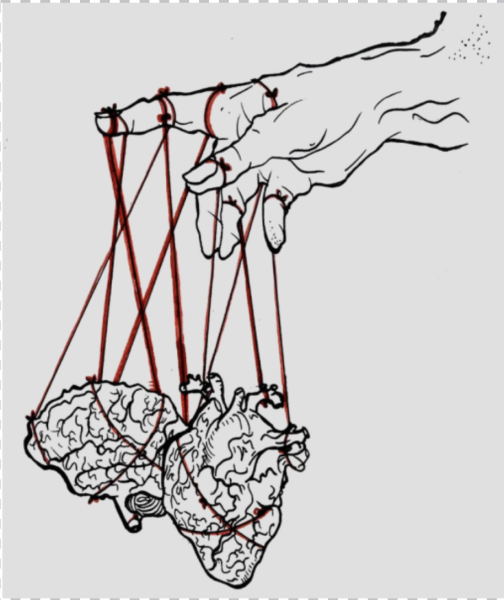Life or Liberty? You Choose.
Gunshots at 3 am. No internet. Wearing a helmet each time you set foot outdoors. It sounds like some kind of dystopia- but it isn’t. It’s a world millions are living in just 8000 kilometers away as protests erupt under a newly-authoritarian rule in the South-East Asian nation of Myanmar. But to understand the situation at present, we need to look back at the past.
As the 1900s took off, countries began turning towards freely-elected forms of democratic government. People were given the right to vote, earning representation, and involvement in their future. In the early 21st century, an astounding 82 of 167 countries followed a full or partial democratic government system. With the rise in democracy, we began to see more political and economic stability, as well as a promotion of equality and diversification. Armed conflicts and military coups have started to gradually abate.
We seemed to forget, however, that this progress could easily be undone – democracy is fragile.
Although our Swiss bubble shields us from the realities of the world, large political complications still exist. Latin America was once a scene of coups and still may be: as recently as 2019, there was a large political crisis in Bolivia where the president, Evo Morales, was forced to resign. Just last year in Mali, soldiers stormed a military base, imprisoning many officials. Even though this news may be less prominent, there are countless nations- primarily in Africa and Asia- that still contribute to the list of coup d’états each year.
Many of these countries often have a history of military power. One of the most recent examples is the military coup of Myanmar.
For over five decades, Myanmar juggled between a military-led and a civilian government. In 1948 when Myanmar gained independence from Britain, the military played a major role in the fight for a free nation. However, over the course of ten years, the country fell down a spiral of corruption, conflict, ethnic genocide, and many other issues that required a change of government. This led to General Ne Win of the military becoming Prime Minister in 1958. In 1960, the military handed Myanmar back, but after a repeat of previous events, Ne Win ordered a coup in 1962. Up until 2011, Myanmar remained in the hands of the military.
During this time, civilians did not remain silent. Ne Win’s return sparked numerous protests throughout the 1960s and 70s to bring back democratic rule. Students gathered to peacefully protest at Rangoon University. However, the result was hundreds dead, the arrest of over 6000 individuals, and the destruction of the Student Unions’ building. Again in 1988, during the peaceful student-led People’s Democracy Movement the protests were met with exactly the same strategies of violence and mass arrests.
It is obvious that there is a pattern to how the military reacts to any threat to its power: peaceful demonstrations progress into violent fights. Are we seeing history repeat itself today?
Aung San Suu Kyi has led democratic Myanmar since 2015. In February this year, the military, led by commander-in-chief Min Aung Hlaing, detained Aung San Suu Kyi after organising a coup d’état, declaring a one-year state of emergency. There are curfews in the main cities and restricted gatherings in hope of controlling mass demonstrations. Despite this, people still come together to protest throughout Myanmar.
Mr. Kuzel, a teacher at the International School of Myanmar, explains that even with the risks people face, they still go out onto the streets because they do not want to let go of the democracy they had the chance to taste. The threat of a pandemic is now not the only reason people need to watch their backs now.
In the city nearby, Mandalay, machine gunshots are heard throughout the day. Right outside his window, Mr. Kuzel sees crowds of protesters being fired at with live ammunition by soldiers in army trucks. His fear was apparent when he said, “the internet is only on from 9 pm to 1 am, and there are rumours that it might be cut completely.” The reality of the situation just gets harsher: “an 8th grader at ISM was arrested with their family for only participating in a protest.”
Civilians’ strategies have also evolved as the conflict progresses. One thing that Mr. Kuzel learned: tear gas in your eyes? Use Coca-Cola- it is more effective than water. In a way, the protests brought a sense of community as people joined to protect their protest leaders and members.
Lives are lost with each day, so the solution boils down to acting in time. It is a reality that needs to change, and one way to change it is by raising conversations and voicing opinions. After all, what progress has Myanmar made? The coup and the military’s reaction to the protests have been erasing Myanmar’s slow steps towards democracy. People have to choose between their lives and a free government. Few developed countries are going to try to intervene, so it is up to civilians with power to act as mediators and pull together the country’s broken parts. As Mr. Kuzel puts it, “democracy in Myanmar is like a bird taking off- when it tries to fly, its wings get clipped off.”

Hi! I'm Pavi and I'm in Y13. This is my fourth year in The High. I love to write articles about current events or anything that catches my interest, really....





